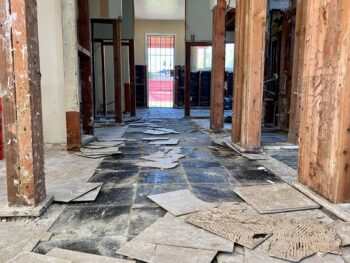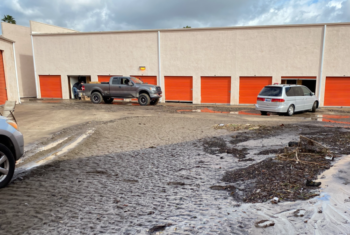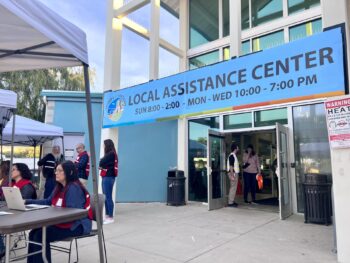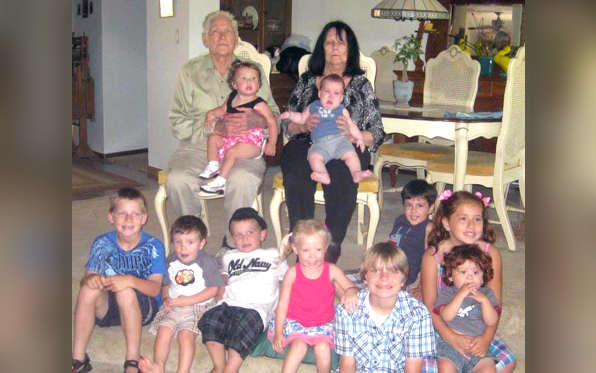In San Diego County, residents tend to think of wildfires and earthquakes when it comes to disaster preparedness, but terrorist threats remain a very real concern across our nation and in our county.
After Sept. 11, 2001, the worst terrorist attack on our nation, local law enforcement partnered with the FBI and federal homeland security to share terrorism-related intelligence as a way to prevent future crimes. A local coordination center for terrorism-related crimes, also called a fusion center, was soon created to bring 65 law enforcement officials from 17 agencies together under one roof.
In recognition of National Preparednessness Month and on the anniversary of 9/11, the San Diego County Board of Supervisors on Tuesday honored San Diego County Sheriff’s Capt. Lee Yoder who has led the coordination center for nearly 3 years.
“The San Diego County Law Enforcement Coordination Center stands on the front lines in our fight against terrorism,” said San Diego County Supervisor Greg Cox. “Under the direction of Capt. Yoder, the San Diego Law Enforcement Coordination Center has assisted law enforcement and homeland security partners in preventing, protecting against, and responding to crime and terrorism throughout the region.”
Yoder accepted the National Preparedness Month proclamation on the behalf of the law enforcement officers who work at the coordination center, its local partners, and the people who lost their lives on 9/11 and in the wars fought as a result of the attacks.
He said it was especially meaningful to be honored on the anniversary of 9/11 because “our fusion center was really born out of 9/11.” Yoder said that while the center continues to focus on terrorism-related information, it has expanded responsibilities to include all critical crimes in our region.
The coordination center is part of a national effort with the Department of Homeland Security and the FBI to prevent the next attack, Yoder said. He noted there are more than 70 fusion centers across the nation. Locally, the fusion center works with local governments, including the County’s Office of Emergency Services, and critical infrastructure private-sector businesses, such as water and utility companies, to evaluate information and protect against potential threats to the region.
Undersheriff Ed Prendergast said law enforcement relies on the public to help report suspicious activities or people to law enforcement.
“The threat is still there. Nationwide, terrorist threats have been thwarted (because of information provided to law enforcement by the public),” Prendergast said. “It’s incumbent upon all of us to speak up and be part of the solution.”
To learn more about what residents can do to help prevent terrorism, visit http://www.readysandiego.org/terrorism/.





